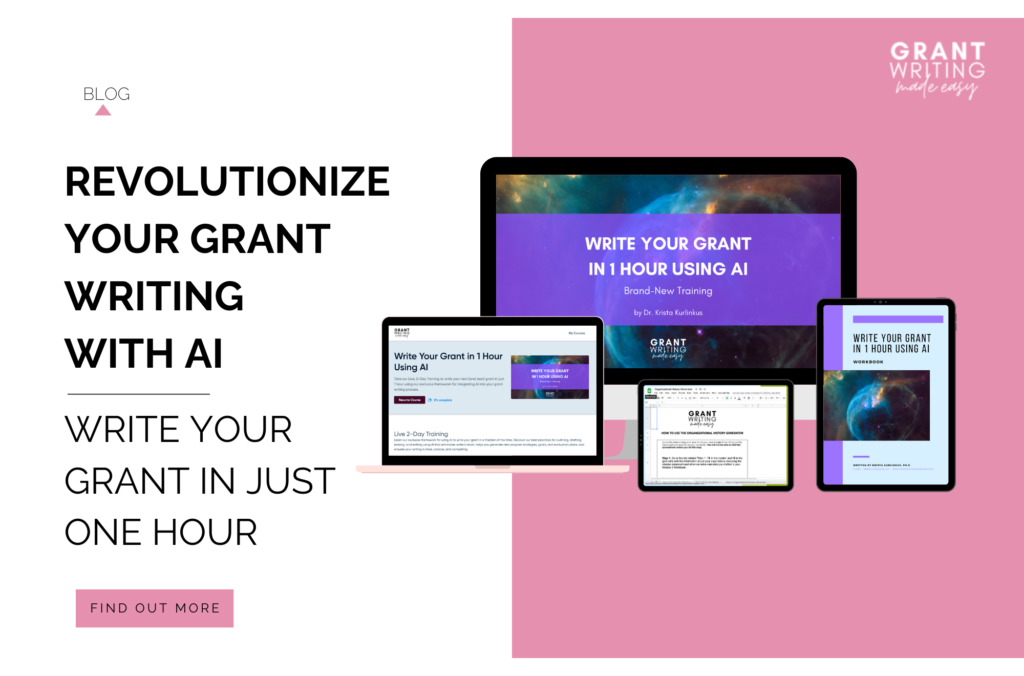By Dr. Krista Kurlinkus, Your Friendly Neighborhood Grant Whisperer
Introduction
Hey there, fellow grant enthusiasts! Ever wonder what goes on inside the minds of those elusive grant reviewers? Let’s break it down, and while we’re at it, let’s sprinkle in some real talk on how to avoid those all-too-common missteps.
Part 1: Decoding the Reviewer’s Playbook
Matching Vibes with Goals
Reviewers aren’t just about the big ideas. They’re looking for projects that resonate with their organization’s mission. Here’s a pro tip: Do your homework on the funding agency. Check out their past funded projects, read their mission statement like it’s your favorite novel, and tailor your proposal to mirror their language and values.
The Sweet Spot Between ‘Wow’ and ‘Workable’
Innovation is key, but it’s not the only player. Your proposal should scream, “I’m new, I’m exciting, and yes, I actually work.” Show them how your idea is fresh yet feasible. Use precedents or case studies to demonstrate how similar innovative approaches have succeeded in the past.
Part 2: Dodging Pitfalls Like a Pro
Crystal Clear Objectives and Methods
Vague ideas are the quickest way to the ‘no’ pile. Be as specific as your favorite Spotify playlist. Define your goals, lay out your methods step by step, and explain exactly how you’ll measure success. Think of it as writing a recipe – each ingredient and step needs to be clear to cook up a successful project.
Guidelines: Your Roadmap to Success
Think of guidelines as the GPS for your grant journey. Ignoring them is like driving blindfolded. Take the time to read every line, and align your proposal accordingly. If they say 10 pages, stick to it. If they ask for specific outcomes, highlight those outcomes. It’s simple – follow the map, reach your destination.
Budgets: More Than Just Numbers
A budget tells a story – where your priorities lie and how you plan to achieve your goals. It needs to be as detailed as your weekend to-do list. Break down costs, explain why each item is necessary, and how it contributes to your project. This transparency builds trust and shows reviewers you’ve thought this through.
Part 3: Inside the Reviewer’s Mind
Storytelling with a Purpose
Think of your proposal as a Netflix series – it needs to be binge-worthy. Start with a problem that grabs attention (the cliffhanger), present your solution (the hero’s journey), and end with the impact (the satisfying finale). Keep it logical, engaging, and remember, every good story has a clear beginning, middle, and end.
Backing It Up with Data (Bring the Receipts)
Data is your best friend. It’s not just about stating facts; it’s about using them to build a compelling case. For instance, if you’re addressing educational disparities, don’t just say they exist. Show statistics on graduation rates, quote studies that demonstrate the gaps, and use this data to reinforce how your project tackles these issues. This approach not only shows you’ve done your homework but also adds weight to your argument.
The Secret Sauce: Review Criteria
Each grant has its own unique flavor, and that’s the criteria. It’s like a cheat sheet for what the reviewers are looking for. Get to know these criteria inside out – integrate them into your proposal, address them point by point, and make it obvious you’re answering their call.
Part 4: Walk a Mile in a Reviewer’s Shoes
Why You Should Try Being a Reviewer
Stepping into a reviewer’s shoes is a game-changer. It’s like getting the answers before the test. You’ll see common mistakes, what makes a proposal stand out, and how decisions are made. Plus, it’s a fantastic way to sharpen your grant-writing skills.
Finding Reviewer Opportunities: The How-To
Ready to jump in? Start by reaching out to your professional networks. Ask colleagues, check LinkedIn groups, and explore websites of funding bodies. Keep an eye out for calls for reviewers – many organizations actively seek fresh perspectives, especially from diverse backgrounds. Don’t hesitate to directly contact organizations you’re interested in and express your interest in serving as a reviewer.
Networking and Beyond
Serving as a reviewer isn’t just about gaining insight; it’s a networking goldmine. You’ll connect with peers, share ideas, and possibly find collaborators for future projects. It’s a win-win – you gain experience and expand your professional circle.
Conclusion
Understanding what reviewers look for and avoiding common pitfalls can significantly increase your chances of securing that grant. It’s about being specific, aligning with guidelines, crafting a compelling narrative, and backing it up with solid data. Consider stepping into a reviewer’s role to gain a new perspective and enhance your skills. Remember, grant writing is part art, part science, and totally doable with the right approach.
Want to Use AI to Write Grants Quickly and Successfully?

Learn the latest generative AI strategies and techniques to save time and win more grants!
A membership may be exactly what you need to take control of your grantseeking.
This course is perfect for grant writers of all levels of experience, including:
- Novice grant writers
- Intermediate grant writers who want to take their grant writing to the next level, while saving time
- Expert grant writers who need to learn how to take AI beyond the basic responses it gives to their prompts so they can start saving time, but keep the quality of their proposals high
- Anyone who wants to learn how to become a prompt engineer to save time, be more productive, and have an extremely marketable skill
This post was written with assistance from ChatGPT 4.






